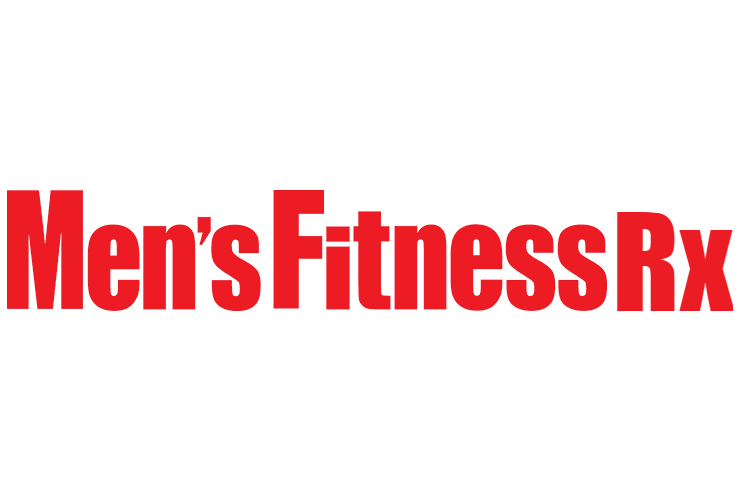The Debate Between Volume Training and HIIT
The perfect exercise prescription for greater size or strength involves the manipulation of several key variables. Two of the most important being exercise intensity and volume training. Knowing the correct amount of each is critical for promoting the greatest gains in size or strength. However, a well defined relationship between these two important exercise variables sparks much debate. Some of the greatest in the bodybuilding industry have their opinion on the matter.
Mike Mentzer and the king of bodybuilding himself, Arnold Schwarzenegger, among the legends that joined the debate about training and muscle growth. Arnold advocated higher volume workouts that increase muscle time under tensions. Producing greater muscle cell damage and metabolic stress for enhanced muscle hypertrophy. Mentzer advanced the use of heavier weights for higher intensity, generating greater neuromuscluar activity. Ultimately driving greater muscle growth.
While Mentzer and Arnold were at odds over the best way to maximize muscle growth. Plenty of uncertainty regards the ideal application of intensity and volume for better strength gains. While several studies highlight these differences. Pointing out training prescriptions for hypertrophy differ considerably than those for maximum strength. Requiring different combinations of intensity and volume.
Best Exercise Intensity for Optimal Strength:
Optimal strength training boosts the effort-to-benefit ratio by providing the proper intensity for maximal strength gains. While making sure not to cause injury due to over training or arrest strength improvement from under training. Considerable research into strength training has provided insight into this dose-response relationship. Showing that different training intensities elicit different amounts of strength gained. The data asserts that training with average intensity of 60 percent of your one-rep max (1RM) elicits the best gains for under trained subjects. (Less than one year of training) Whereas 80 percent of your 1RM is most effective for trained subjects with more than one year of weightlifting. Furthermore, when trained subjects worked at above optimal intensity levels. Showed gradual reduction in strength gains where untrained subjects showed a much greater drop in strength. These results suggest that the trained neuromuscluar system should be hit with higher intensity for greater strength improvement.
Optimal Training Volume for Greatest Strength:
Previous studies concluded multiple-set protocols, representing higher volume, produce optimal strength gains. Others show lower volume workout, consisting of only one set, just as effective for strength. Resulting exact volume required for the greatest gains, not defined well. A recent meta-analysis of the data demonstrated four sets per muscle group brought about the largest gains in strength. This in both trained and untrained individuals. Also revealing untrained individuals actually experienced greater strength gains as training volume increased to four sets. This compared to trained individuals. In fact, trained lifters needed to perform four sets to experience the same strength gains as untrained lifters achieved with one set. Suggesting well-trained lifters require greater volume training to cause strength gains.
Best Exercise Intensity for Greatest Size:
Although triggering greatest amount of muscle contraction is vital for muscle growth. Appearing maximal intensity workouts not truly necessary to grow the biggest muscles. However, while the ultimate intensity is not compulsory, levels between 70 to 85 percent of your 1RM appear the most advantageous. Great for the hypertrophic response. Both higher and lower levels of intensity still stimulate appreciable muscle growth. Suggesting other variables, most notably effort, major contributors that uniquely contribute to muscle growth.
Optimal Training Volume for Peak Muscle Growth:
Positive hypertrophic adaptations to weight training reach a plateau at a certain exercise volume. Then diminish quite rapidly with increasing volume. While studies demonstrate 12-15 reps on a specific body part per workout combined with high intensity (90-100% of 1RM). Generating extensive muscle growth. More moderate volumes of roughy 30-60 reps per body part per workout at a slightly lower intensity. This way seems to produce the greatest growth response to training.
In conclusion, while plenty of debate throughout the years over intensity and volume. Using the correct use of exercise intensity and volume required for greatest muscular adaptations.Applying the aforementioned ranges brings the desired anabolic effect. Additionally, as one progresses in fitness level, all subsequent increases in exercise intensity and volume should be done gradually. Generating a sufficient amount of neuromuscular stimulation while minimizing the likelihood of over training.

